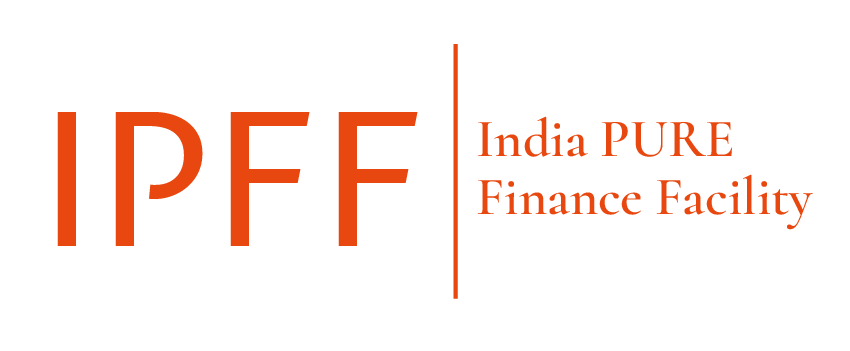As the world braces for combating climate change, substituting renewable energy for traditional fossil-fuel based energy has been embraced as a principal strategy by most countries. On the other hand, energy access continues to be an important objective, since around 759 million of the world’s population continue to be deprived of an access to minimum electricity in 2019. Conventional solutions to augment energy access through a widespread extension of the grid network have largely proven to be unwieldy and unremunerative, considering the low population density in unconnected, far-flung areas and the high transmission and distribution (T&D) losses incurred in serving them.
Distributed renewable energy (DRE) has instead emerged as an efficient alternative to reach electricity to the unserved last-mile users, which obviates both the economic costs of elaborate transmission and distribution networks and ecological costs of fossil-fuel based power generation. By generating power at or close to remote demand centres, DRE systems bring about both flexibility and control of operations at the user level, while reducing cost of delivery of energy. This has significant implications in terms of powering hitherto energy-starved rural and semi-urban enterprises through productive uses of renewable energy (PURE), which would serve additionally to bolster these economies through the multiplier effects of sustainable and gender-inclusive employment generation, and value chain creation.
In line with the Government of India’s stated commitments at the COP26 to ramp up its non-fossil fuel energy capacity to 500 GW by 2030, the Ministry of New and Renewable Energy (MNRE) has prepared a policy framework for creating an enabling eco-system for widespread adoption of PURE applications across the country, like solar agri-pumps, solar water heaters, solar cold storage, distributed energy storage, electric vehicle (EV) charging infrastructure and rural productive use appliances.
The combined market potential of these PURE technologies has been estimated at between USD 50-60 billion, which makes this an interesting prospect for impact investors and lenders to tap into. However, the bulk of such projects are small in size, sponsored by relatively smaller entities than promoters of utility-scale grid-connected RE projects. Furthermore, the nascency of these technologies puts them at a disadvantage compared to their more well-entrenched competitors running on fossil fuels. Access to finance, transaction costs, identification of appropriate technologies, product standards, accurate market sizing and skill development are some of the issues that the PURE players grope with, and consequently, also identified by MNRE’s framework as major objectives in relation to promoting DRE applications.
Hence, while a clear market potential exists for these end-user-based solutions, there is a perceptible gap in terms of enabling appropriate project preparation, leading to project financing or investments. India PURE Financing Facility (IPFF) is a maiden initiative towards facilitating early-stage funding for project preparation services to promising PURE entities to develop into viable investment opportunities, with significant capacity to generate and support livelihoods. IPFF will channelize committed funds from a leading international philanthropy – IKEA Foundation – into project preparation support for select PURE projects. To that end, IPFF shall develop a framework to make projects investment-ready for financing institutions, in the process serving to catalyze substantial commercial or concessional capital investment from myriad sources.
Climate Policy Initiative (CPI) is the IPFF Program Manager for IPFF.
